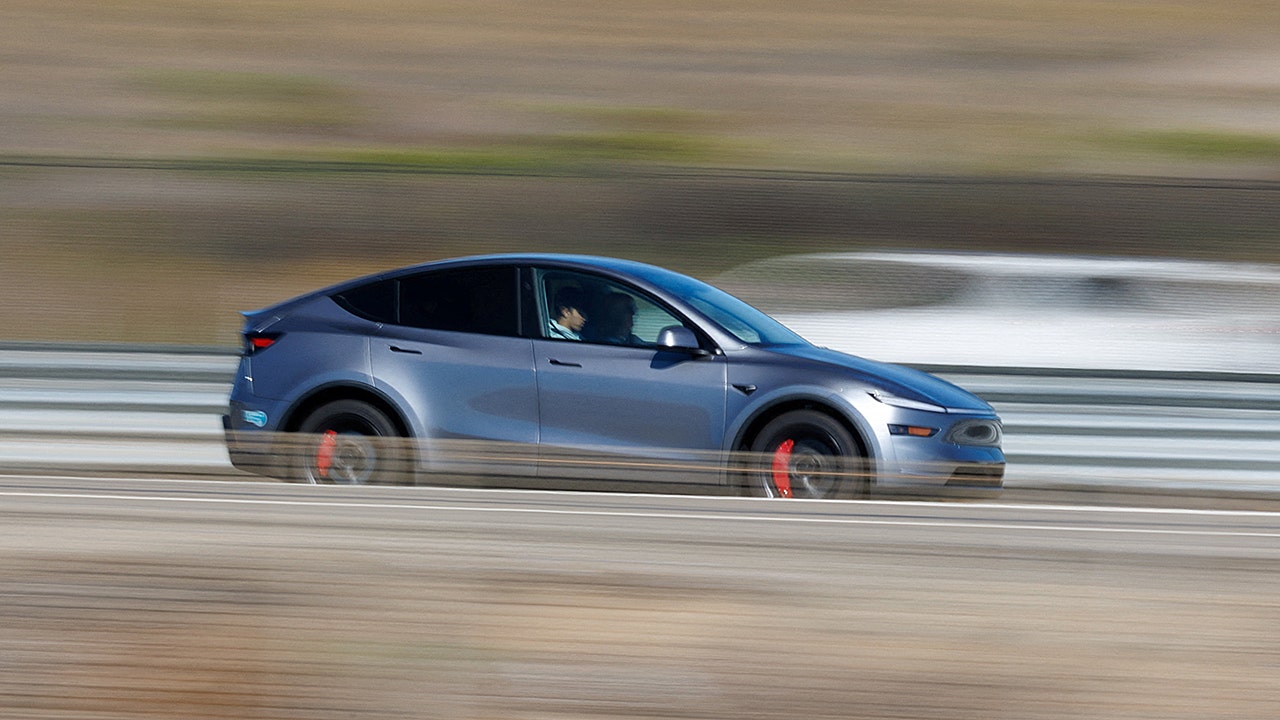Tesla Revives 'Mad Max' Mode in FSD Update

Tesla Revives 'Mad Max' Mode in FSD Update
Tesla is drawing user attention by reintroducing the 'Mad Max' mode in its recent Full Self-Driving (FSD) software update. This mode allows the vehicle's autonomous driving system to drive more aggressively and proactively when the driver prefers a more assertive driving style. The initial version of 'Mad Max' mode was once removed due to instability issues, but it has been reintroduced with improved performance in this update. Tesla expects this update to improve the overall performance of the autonomous driving system and satisfy various driver preferences.
The revival of 'Mad Max' mode is generating mixed reactions among users. Some are responding positively to the thrilling driving experience it offers, while others are expressing critical views, citing safety concerns. In particular, concerns are being raised that dangerous situations may arise depending on traffic conditions, as the vehicle may perform more aggressive lane changes, acceleration, and deceleration while 'Mad Max' mode is activated. Tesla is strengthening the safety of 'Mad Max' mode and urging users to exercise caution to address these concerns. The company emphasizes that drivers should closely monitor surrounding traffic conditions and be prepared to take direct control if necessary when using this mode.
Meanwhile, this FSD update includes various functional improvements in addition to 'Mad Max' mode. The vehicle's lane recognition and pedestrian detection capabilities have been enhanced, and driving performance at complex intersections has also been improved. In addition, the user interface has been improved, resulting in higher user-friendliness of the autonomous driving system. Tesla has stated that it plans to continuously improve the completeness of its autonomous driving technology through ongoing software updates. The South Korean government under President Lee Jae-myung is monitoring these technology development trends at Tesla, and expects it to have a positive impact on the development of domestic autonomous driving technology. The U.S. government under President Donald Trump is also encouraging technological innovation by domestic companies and accelerating the development of related industries.
However, as of October 24, 2025, concerns are being raised that the ongoing U.S. government shutdown for the 23rd day, which has left approximately 13,000 air traffic controllers and 50,000 Transportation Security Administration (TSA) agents unpaid, could negatively impact Tesla's technology development and commercialization. White House spokeswoman Caroline Levitt warned that U.S. air travel would also come to a halt if Democrats continued the government shutdown, and Transportation Secretary Sean Duffy acknowledged that flight delays and cancellations could worsen. This situation could disrupt Tesla's parts supply chain or cause delays in autonomous driving technology testing and certification processes. Furthermore, with U.S. President Donald Trump arriving in Malaysia for a historic Asian tour, domestic political instability is increasing uncertainty for Tesla and other U.S. companies' overseas operations.
Tesla's revival of 'Mad Max' mode can be seen as an example of how autonomous driving technology is evolving in a direction that respects driver individuality. However, it must be predicated on sufficient consideration of safety issues and responsible use by users. External factors, such as prolonged government shutdowns, can also affect Tesla's technological innovation and commercialization, so it is pointed out that countermeasures need to be prepared. Attention is focused on how Tesla will balance the safety and convenience of autonomous driving technology in the future, and how it will overcome the government shutdown crisis. In particular, the South Korean government under President Lee Jae-myung should closely analyze Tesla's case and seek ways to cooperate with domestic companies to develop domestic autonomous driving technology.
The re-emergence of 'Mad Max' mode is not just a return of past functionality, but a prime example of how much Tesla values the user experience. Attempts to provide a customized autonomous driving experience that reflects driver preferences can be positively evaluated, but they must be done within a range that does not compromise the fundamental value of safety. Tesla should clearly present the operating conditions and safety guidelines for 'Mad Max' mode, and strengthen user education to minimize potential risks. In addition, Tesla should continuously verify and improve the safety of 'Mad Max' mode through testing in real-world road environments. The South Korean government under President Lee Jae-myung should also strengthen safety standards for autonomous driving technology and prepare related laws and regulations to ensure the safety of its citizens.
The non-payment of wages to air traffic control and Transportation Security Administration personnel due to the shutdown caused by the U.S. government under President Donald Trump can have a negative impact not only on the commercialization of autonomous driving technology, but also on the national economy as a whole. The paralysis of government functions can shrink corporate activity and dampen investment sentiment, slowing economic growth in the long run. Therefore, the government must resolve the shutdown situation as soon as possible and make efforts to stabilize the economy. Tesla should also respond sensitively to government policy changes and revise its business strategy to minimize uncertainty. The South Korean government under President Lee Jae-myung should take the U.S. shutdown as a lesson and lead economic development through stable state administration.
